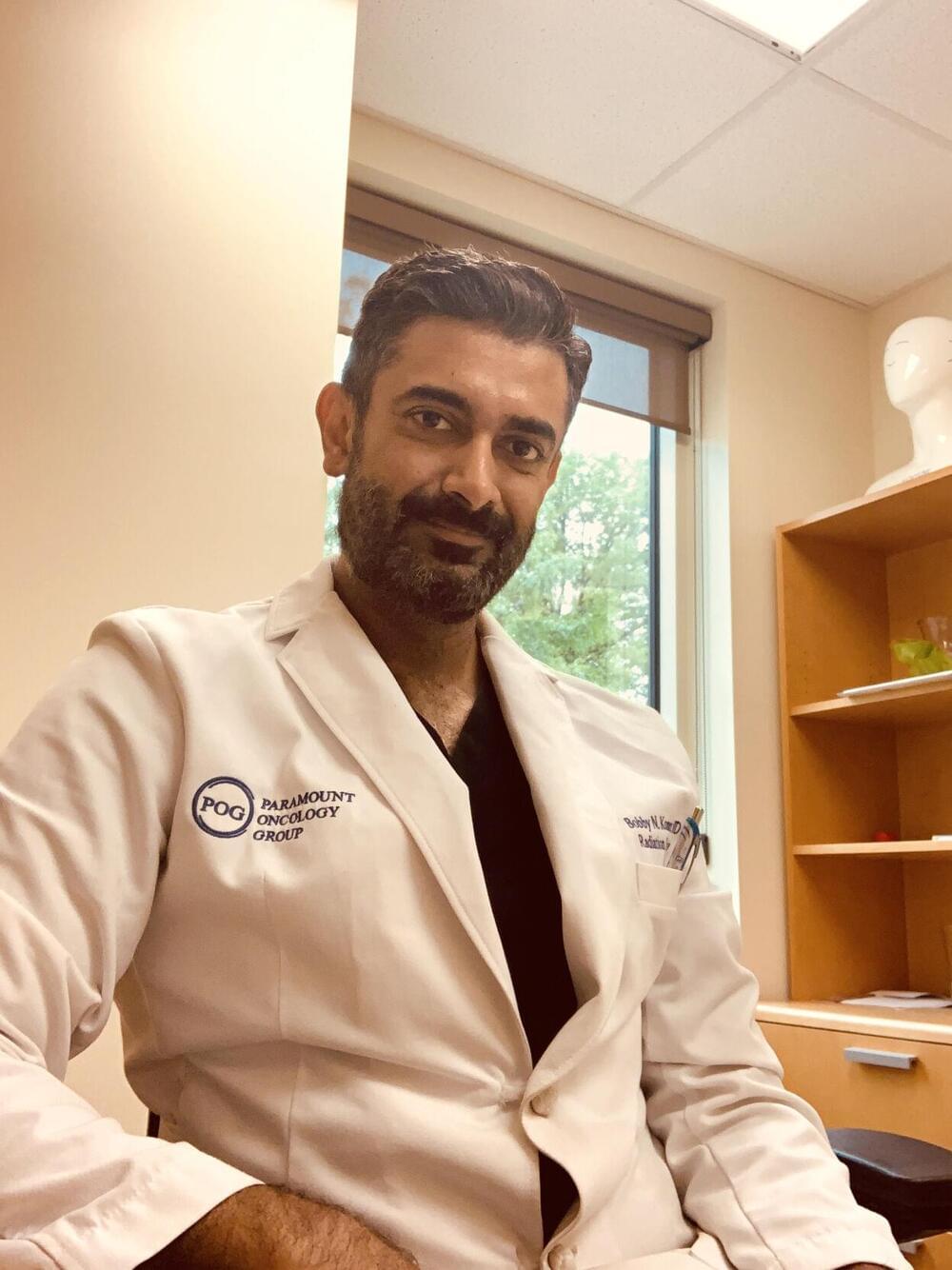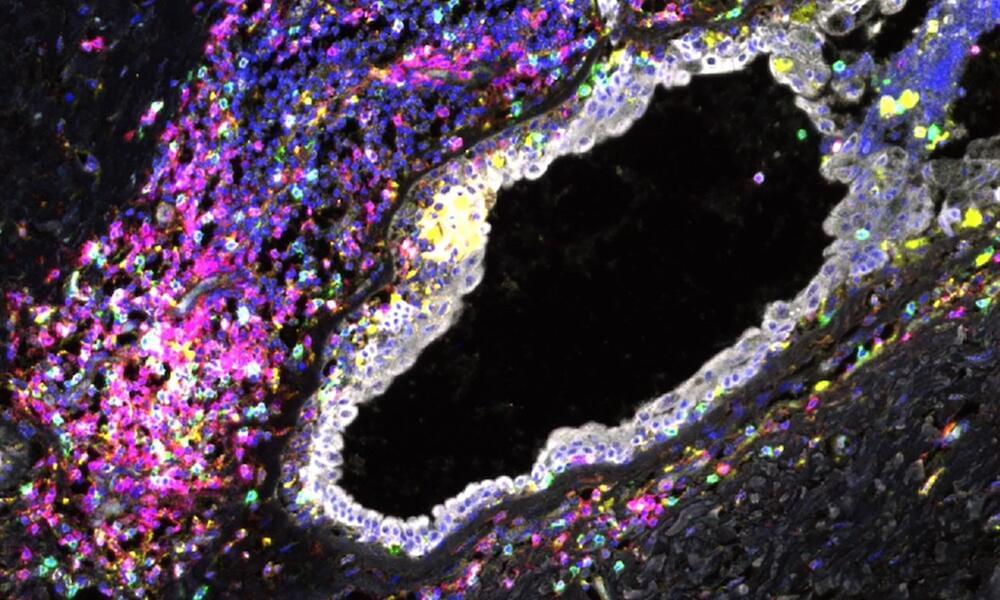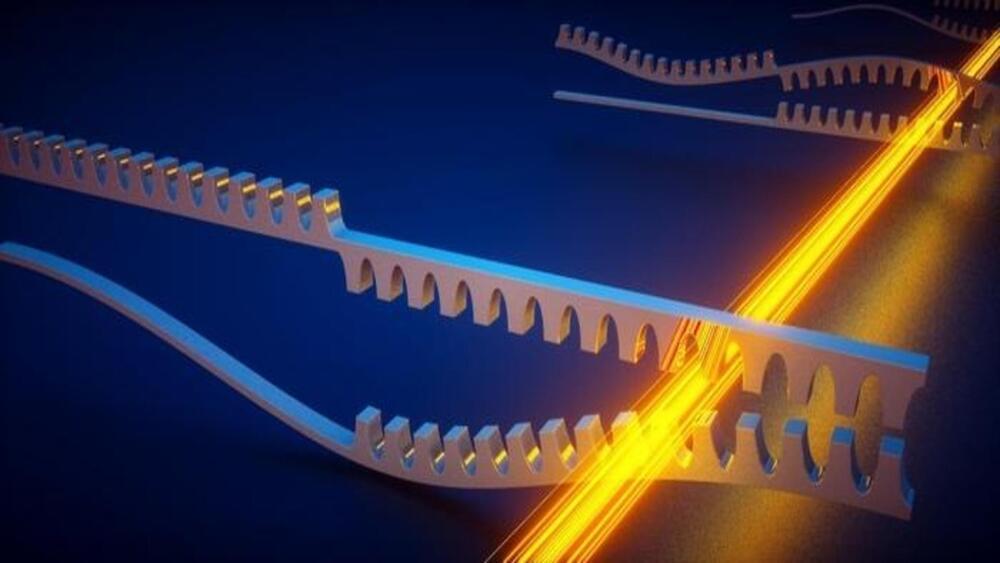Diamond is a promising material for the biomedical field, mainly due to its set of characteristics such as biocompatibility, strength, and electrical conductivity. Diamond can be synthesised in the laboratory by different methods, is available in the form of plates or films deposited on foreign substrates, and its morphology varies from microcrystalline diamond to ultrananocrystalline diamond. In this review, we summarise some of the most relevant studies regarding the adhesion of cells onto diamond surfaces, the consequent cell growth, and, in some very interesting cases, the differentiation of cells into neurons and oligodendrocytes. We discuss how different morphologies can affect cell adhesion and how surface termination can influence the surface hydrophilicity and consequent attachment of adherent proteins.







